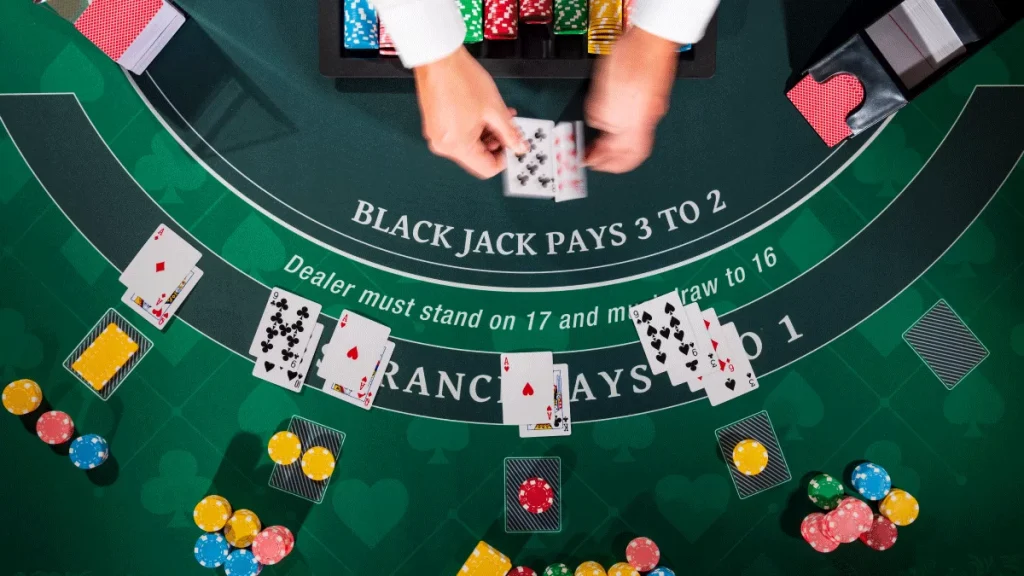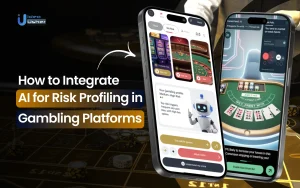A Study on the Effectiveness of Neural Networks in Blackjack

Blackjack is a casino game that relies heavily on luck, yet knowledgeable players can still beat the house by developing strategies.
In this article, the objective is to use reinforcement learning techniques to construct an optimal blackjack strategy using reinforcement learning algorithms that optimize parameters of return distribution for an extended session of blackjack games.
Probability of winning
Blackjack may appear simple at first glance, but deeper understanding will reveal its complexity. While card counting techniques such as increasing chances can increase winning odds in casinos (though this won’t work online) but keep in mind that casinos could decrease them by offering lower payouts or adding more decks.
The probability of winning at blackjack depends on many variables, including the dealer’s upcard and whether or not players opt to purchase insurance or split. Furthermore, it depends on table’s payouts for natural blackjack which range from 3:2 to even money; typically house edge is approximately 2% but some tables offer 6:5 or even money payouts which increase this by 1.4% and 2.3% – basic strategy reduces this figure to around 0.5% although the house may still gain over time even with optimal strategy implementation.
Rules of the game
Blackjack is a card game where the aim is to reach 21, or come as close as possible without going over, before the dealer. Each player receives two cards and can elect whether to hit (receive additional cards) or stand (keep their hand). Rules vary between casinos but all provide similar gameplay.
Blackjack is one of the world’s most beloved card games, yet also a complex and intricate one with numerous strategies. Many mathematicians and computer scientists have tried to devise winning blackjack strategies based on probability rather than skill.
Recent advancements in artificial intelligence have made it possible to enhance blackjack betting strategies using sophisticated software tools like Who’s Counting? and Rain Man 2.0, using cutting-edge technologies like computer vision, neural networks and machine learning. These AI programs utilize cutting-edge technologies like computer vision, neural networks and machine learning in order to increase accuracy and efficiency while also being capable of detecting overlapping and noisy backgrounds for accurate data processing – however their use raises ethical concerns as most casinos prohibit electronic devices at tables.
Payouts
Blackjack requires careful risk management from players and recognition of any suspicious dealer activity. Artificial Intelligence tools can assist players by instantly analyzing game data and automating card detection; additionally they can simulate thousands of hands for optimal betting strategies; however these technologies do have certain drawbacks such as being susceptible to side channels that leak private data, requiring high computational power resources.
This paper explores blackjack as a test bed for learning strategies with neural networks, specifically reinforcement learning techniques. Performance comparisons were also performed, showing that neural networks can learn basic strategy at a rate comparable to human players (47 percent win percentage achieved) while at the same time being able to overcome classical conditioning which causes humans to put too much emphasis on wins and losses. The results demonstrate this successfully with performance comparisons being carried out using similar approaches from past. Furthermore, this approach overcomes classical conditioning, which often causes humans to place too much weighting on wins and losses that humans might experience; moreover it overcomes classical conditioning which causes humans place too much weighting on wins or losses which leads humans do (which causes over-focus).
Strategy
A neural network is a machine learning algorithm that mimics the functioning and structure of the human brain. It consists of layers of interconnected nodes called artificial neurons with individual activation functions to process input data and produce predictions; weights for each neuron are optimized during training to reduce prediction error as much as possible; basic networks typically consist of one neuron while more advanced ones can include hundreds.
Neural networks can be difficult to interpret and lack transparency, leading to distrust from their users. Furthermore, large-scale training requires massive computational resources. Furthermore, assumptions made while feeding an algorithm could amplify biases; to address this it is vital that when developing and testing neural networks that unbiased datasets be utilized. Below we use a Blackjack simulation as an example where card values for each counting strategy can be input using CSV files with simulation counts predetermined via script.






